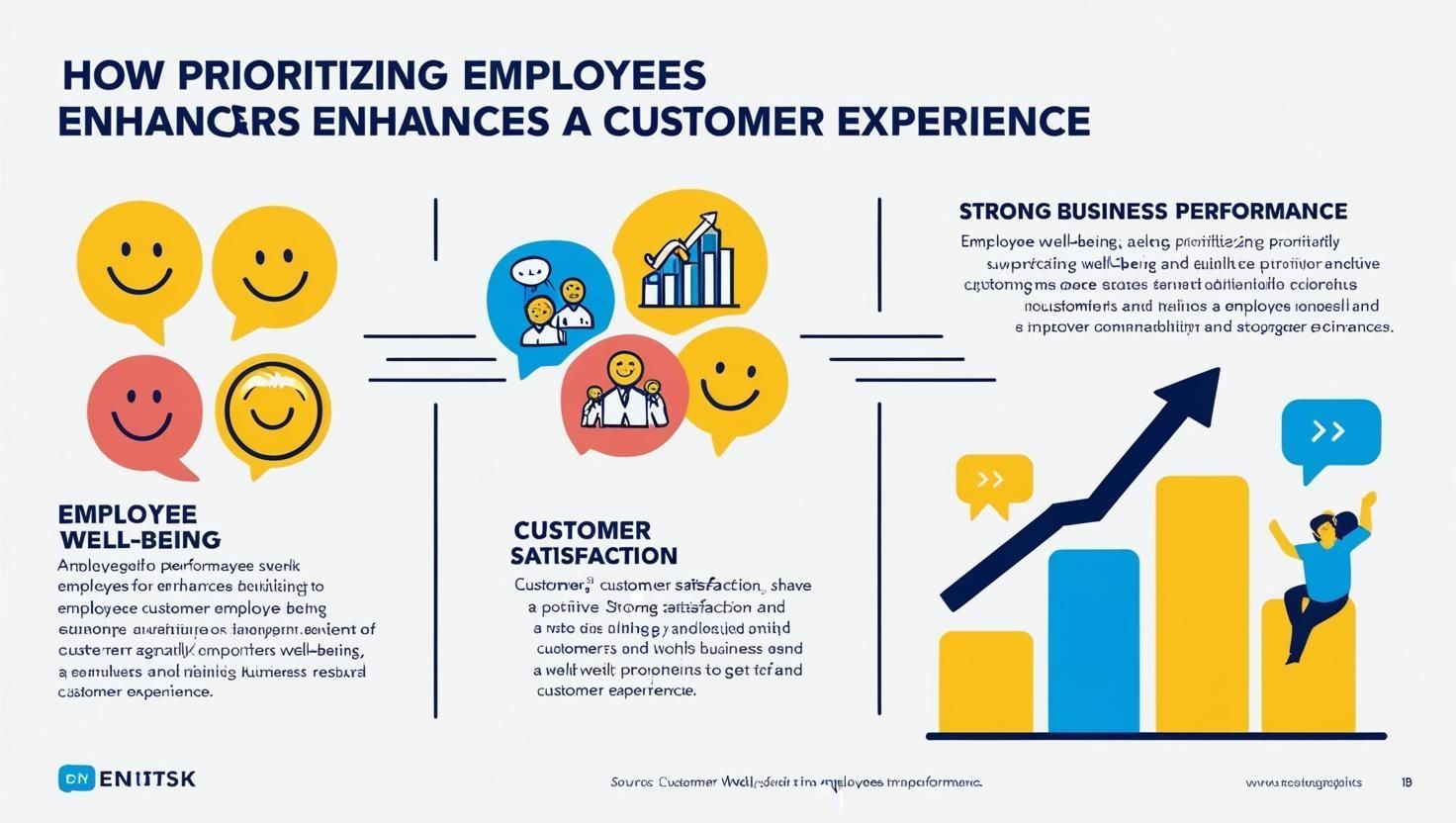Our Focus remains on New Benefits
Creating a better "net".
In the world of finance and business, terms like "net profit" and "net benefit" are often used interchangeably, yet they represent distinct concepts that are crucial for effective financial analysis and decision-making. Understanding the differences between these two terms is essential for evaluating business performance accurately.
Net profit, often referred to as the "bottom line," is a key financial metric that indicates the actual profitability of a business after all expenses have been deducted from total revenue. It's a straightforward calculation that provides insight into the financial health of a company. The formula for net profit is simply total revenue minus total expenses. The components of net profit include revenue, which encompasses all income generated from core business operations such as sales of goods or services, and expenses, which cover all costs incurred to operate the business, including the cost of goods sold (COGS), operating expenses, interest, taxes, and any other financial obligations.
The significance of net profit lies in its role as a profitability indicator. It directly measures how efficiently a company is converting revenue into actual profit, making it a vital metric for assessing the viability and growth potential of a business. Investors and stakeholders often look at net profit to gauge a company's financial health and performance over time or against competitors.
On the other hand, net benefit is a broader concept that encompasses not just financial gains but also non-monetary advantages or impacts that a decision or action may bring. It is often used in cost-benefit analysis to evaluate the overall value of a project or initiative. The formula for net benefit is total benefits minus total costs. The components of net benefit include benefits, which can consist of both tangible and intangible gains such as increased customer satisfaction, improved employee morale, or environmental sustainability, and costs, which cover all expenses related to implementing a project or decision, including opportunity costs or potential risks.
The significance of net benefit lies in its use as a decision-making tool. It is crucial for evaluating the overall impact of strategic decisions, helping businesses weigh the pros and cons of various options. Net benefit provides a more comprehensive view of value creation, considering factors beyond mere financial returns. In today’s business environment, net benefit is increasingly used to assess the social and environmental implications of business activities, highlighting its role in sustainability and social impact.
In conclusion, while net profit focuses on the financial bottom line, net benefit offers a holistic view of the value generated by a business decision or project. Understanding the difference between these two metrics is essential for businesses aiming to balance profitability with broader impacts. By leveraging both net profit and net benefit, companies can make informed decisions that drive sustainable growth and long-term success.










